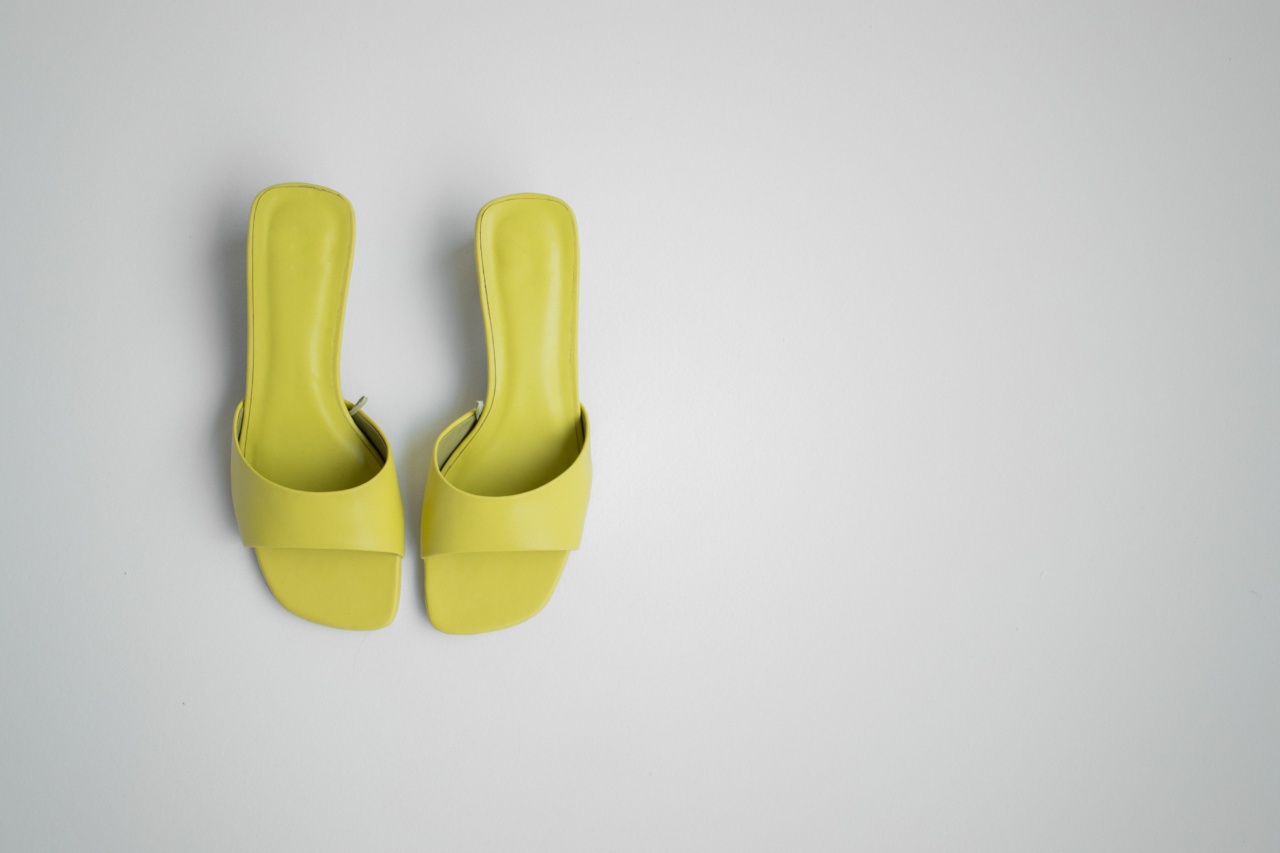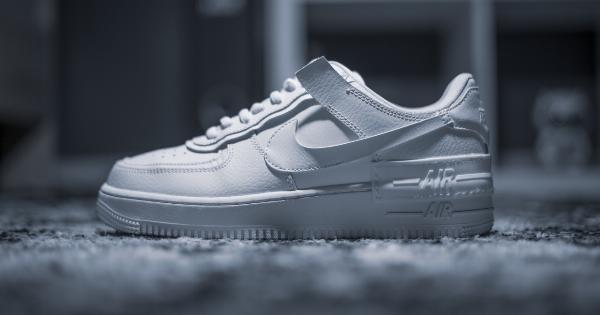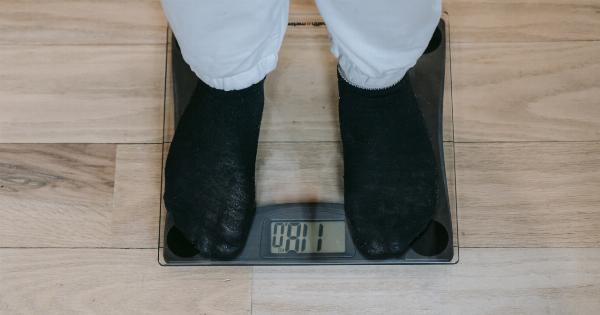Choosing the perfect heel height for your feet is essential for comfort and style. Whether you’re attending a special event or simply going about your daily routine, finding the right heel height can make all the difference.
This comprehensive guide will help you uncover the ideal heel height for your feet, taking into consideration various factors such as foot shape, arch type, and personal preferences.
Understanding Your Feet
Before diving into the world of heel heights, it’s crucial to understand your feet. Each person has a unique foot shape, which can impact the way you walk, stand, and distribute weight.
Identifying your foot type is the first step towards finding the perfect heel height.
Determining Your Arch Type
Arch type plays a significant role in choosing the right heel height. There are three main arch types:.
1. High arches
If you have high arches, your feet tend to be more rigid, and the weight is primarily centered on the ball and heel of your foot. Look for heels with added support and cushioning to distribute weight evenly.
2. Flat arches
Flat arches indicate that your feet tend to roll inwards (pronate) as you walk. Stability is essential for those with flat arches, so opt for heels with a broad base and strong ankle support.
3. Neutral arches
If you have neutral arches, congratulations! Your foot shape is considered the most versatile. You have more freedom to experiment with different heel heights without compromising comfort or stability.
Choosing the Right Heel Height
Now that you have a good understanding of your feet, it’s time to choose the perfect heel height that aligns with your arch type and personal preferences. Here are some factors to consider:.
1. Occasion and Duration
The occasion and duration of wear play a significant role in determining the ideal heel height. For longer events or activities that involve a lot of walking or standing, opt for lower heels or even flats to prioritize comfort.
Save higher heels for shorter durations or events where you’ll have the chance to sit and rest frequently.
2. Foot Flexibility
Consider the flexibility of your feet. If you have limited flexibility or suffer from conditions like arthritis, lower heels or kitten heels are more suitable as they minimize strain on the joints and provide better support.
3. Foot Shape and Size
Foot shape and size also contribute to the ideal heel height. If you have wider feet, opt for heels with a wider base to ensure proper support and prevent discomfort. Conversely, if you have narrow feet, thinner heels can provide a better fit.
4. Comfort vs. Fashion
While we all want to look stylish, it’s important not to compromise on comfort. Consider your personal preferences and find a balance between the height that complements your outfit while still providing adequate support and comfort.
5. Gradual Adaptation
If you’re accustomed to low heels or flats, transitioning suddenly to higher heels can strain your feet and cause discomfort.
Gradually adapt to higher heel heights by initially opting for kitten heels or platforms and gradually increasing the height over time.
Conclusion
Choosing the perfect heel height involves understanding your foot type, considering personal preferences, and taking into account various factors such as occasion, duration, and comfort.
By prioritizing both style and well-being, you can find the ideal heel height that will accentuate your outfit while keeping your feet happy throughout the day.





























